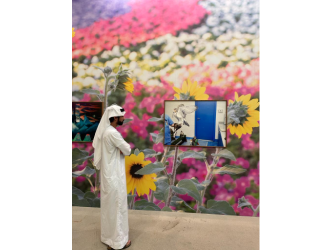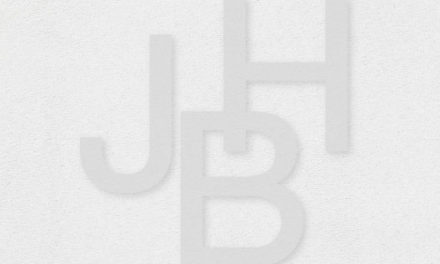It’s a story that has got the entire old master world talking. And it begins like the best art market myths: in 2014 a family in Toulouse, in the south-west of France, while doing work on their house, discovered a canvas in the attic which appeared to be from the 17th century.
The family contacted local auctioneer Marc Labarbe who in turn sought the opinion of a Paris-based office of wide-ranging experts in old masters belonging to Eric Turquin.
The latter delivered his verdict and was left in no doubt whatsoever: the painting was the work of one of the greatest legends of Italian painting, Caravaggio (1571-1610).
A tormented genius whose dramatic painting style was achieved through skilful chiaroscuro… Caravaggio was truly a comet in the history of art and the subject of intense debates as much over his personal biography as over the content of his body of work. Consequently there are Caravaggio paintings and paintings in the style of Caravaggio… He was responsible for many other artists’ calling and gave rise to numerous imitations, slavish or otherwise.
The story was brought to light by Carole Blumenfeld in Le Quotidien de l’Art on 4 April.
As for the painting itself, regardless of who the author is, it presents several merits: it is an old master that is not only in good condition but is also a spectacular subject, showing the Biblical heroine Judith, accompanied her servant woman, severing the neck of King Holofernes.
France’s national museums, after being alerted to the painting, reacted officialy on 25 March through the channel of the Minister of Culture by banning the export of the work outside France for 30 months, qualifying it as a “very important landmark in Caravaggism whose history and attribution have yet to be fully examined.”
In other words, contrary to the Turquin office’s peremptory announcement, it is by no means confirmed that the work is by Caravaggio, and could well turn out to be by of one of his lesser-known contemporaries who was merely inspired by him.
On Tuesday morning the Turquin office organised a very well attended press conference in which it once again reaffirmed that it was a Caravaggio with a valuation of 120 million euros. As if it were written in stone… The information was reported with no qualifications across all French media outlets and in some of the English-speaking press, like Artnet for example.
However:
– For the time being, the Louvre is refusing to give its official verdict.
– The two experts in the field of Caravaggio who carry real authority, Mina Gregori and Gianni Pappi, are refusing to pronounce Caravaggio as the author. This information is confirmed by Turquin’s office.
As for the value of the painting, the price suggested by the Turquin Office, 120 million euros, seems to particularly steep, especially if it turns out not to be a Caravaggio at all. The current record paid at auction for an old master is 77 million euros for a Rubens.
According to a well-placed expert, the final decision over the painting’s attribution will be taken when the presumed Caravaggio is hung next to works from the same period as the Italian master to see if the ‘signature’ of the genius is present. It may take up to 30 months for a definitive answer.
Support independent news on art.
Your contribution : Make a monthly commitment to support JB Reports or a one off contribution as and when you feel like it. Choose the option that suits you best.
Need to cancel a recurring donation? Please go here.
The donation is considered to be a subscription for a fee set by the donor and for a duration also set by the donor.





